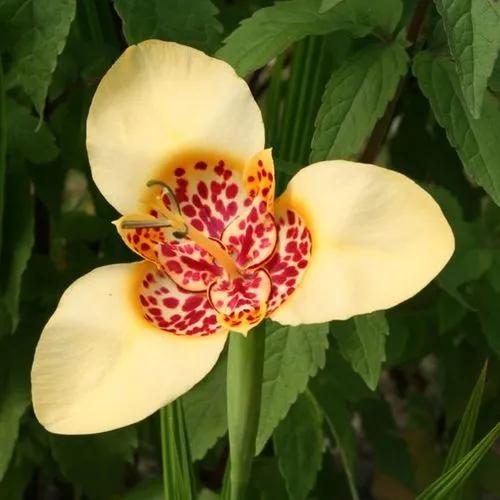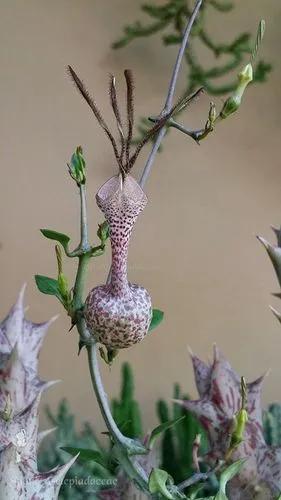Mirabilis longiflora, the sweet four o'clock, is a species native to the southwestern United States from Arizona to Texas and northern Mexico. It is night-flowering, the flowers are mostly white, strongly scented, and long and narrow in form.
Sweet four o'clock Care
Mirabilis longiflora



Mirabilis longiflora (Angels Trumpets) is a shrub-like, tuberous perennial often grown as an annual, with clusters of exquisitely fragrant flowers from summer to fall. Borne in great profusion, its incredibly long, very slender, white trumpets, 6 in long (15 cm), open in the afternoon and release a sweet orange-blossom fragrance. Their purpled fused center provides a purple stamen that protrudes outside the flower accompanied by red colored anthers. The blossoms remain open until the following morning. Mirabilis longiflora is a tender perennial that is killed to the ground by frost, but resprout from its large tuberous roots. It is better to be planted along walkways or near patios where the night-blooming flowers and fragrance can be enjoyed.
How to Care for the Plant

Water

These plants are drought tolerant; 1" of water per week is plenty, though regular watering will promote more flowering.

Fertilizer

Scratch in a time release organic granular fertilizer; alternatively, feed monthly with a water soluble fertilizer.

Sunlight

The plant performs best in full sun to part shade.

Soil

The soil should be well-drained. Any soil type will suffice, but rich, loamy soil is ideal. The plant prefers neutral to slightly acidic pH levels. Mulch around the plants to keep the soil moist and the plants blooming.

Temperature

It can be planted in springtime, after all danger of frost has passed. It is a hardy herbaceous perennial. Its roots survive down to at least -10°C.

Popularity

37 people already have this plant 18 people have added this plant to their wishlists
Discover more plants with the list below
Popular articles






